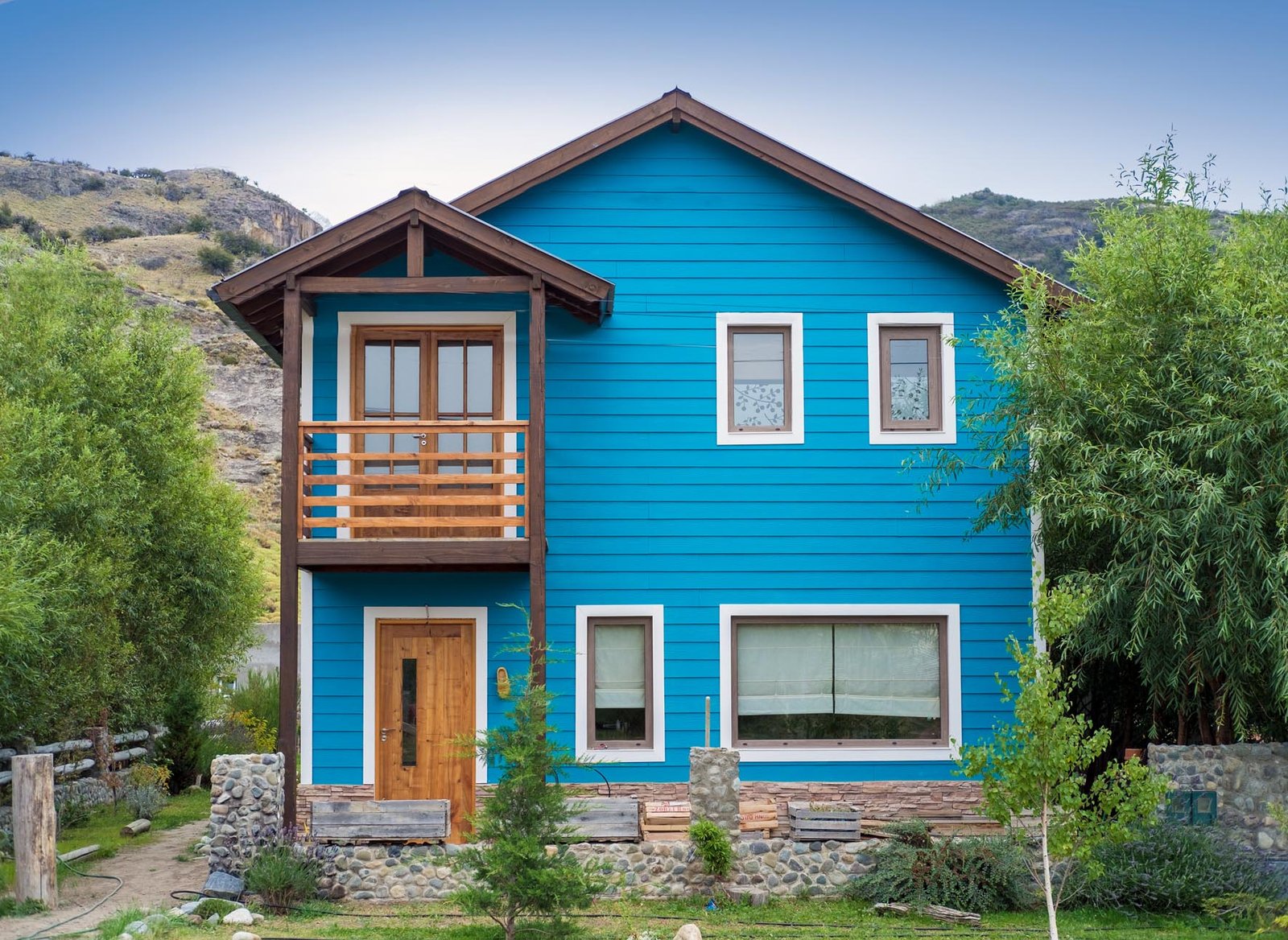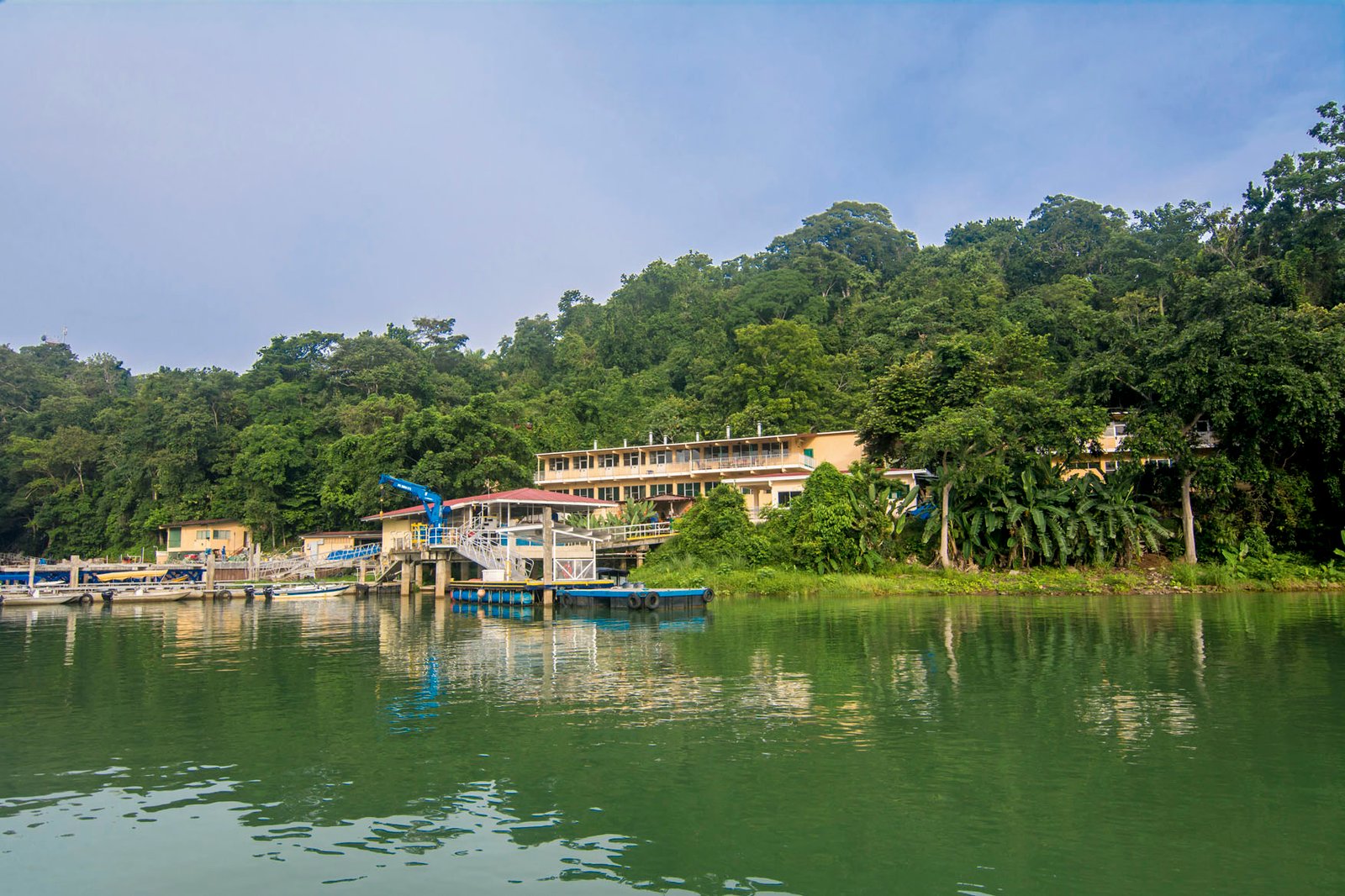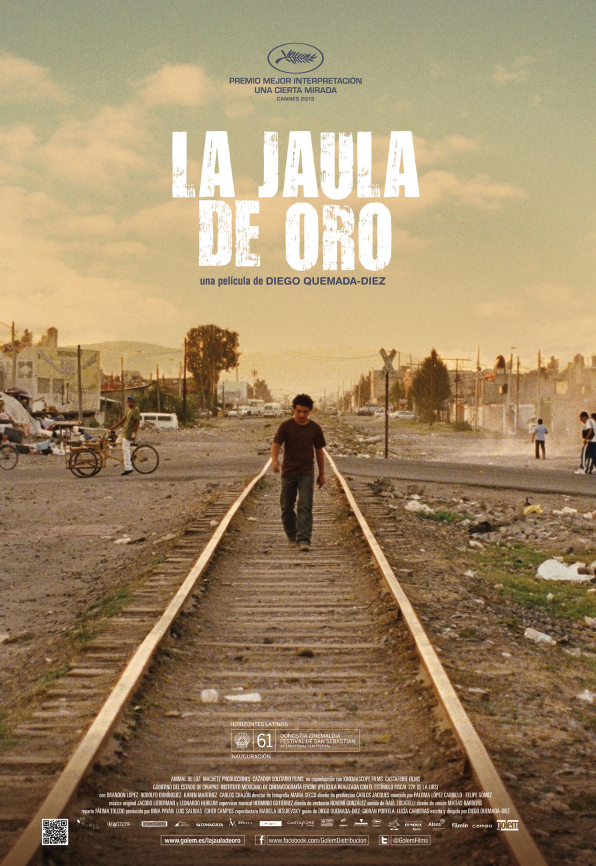
El Chaltén Treasure of Patagonia
Text and photos : Ana Paula Prestes y Margarita Navas
During our stay in Argentina, the name “El Chaltén” popped up among the options every time we started to plan a new excursion. Each time we looked at photos, we felt like hopping on the first plane and embracing everything the little town had to offer. One day, we finally stopped fighting the idea, dusted off our backpacks, and set out on what turned out to be one of the most beautiful experiences of our extensive globe-trotting.
El Chaltén —which means “smoking mountain” in Aonkko or Tehuelche— was the original name of Mount Fitz Roy. The community gave the mountain such a name because they thought it was an active volcano. Over time, the tiny town on the mountain slope adopted the name and the mountain was baptized Mt. Fitz Roy in honor of the captain of the celebrated HMS Beagle, the ship that transported Charles Darwin and carried out the most important scientific expeditions to the ends of the earth.

With our luggage stuffed with instant soup, warm clothing, and camping equipment, our idea was to take our inspiration from the place itself and totally immerse ourselves in nature: lakes, mountains, glaciers, silence, calm, and energy. The bus brought us here from El Calafate airport via Route 23. As we approached Los Glaciares National Park in the province of Santa Cruz, the view of the mountains confirmed our decision to come. The road passes through breath-taking scenery. The information center near the entrances provides tips on the best ways to explore the area. There are easy hiking trails, short and sweet trails for people without much time, and hardcore trails that require more time and preparation. Since we wanted to see as much as possible, we opted for a centrally-located campsite that would give us access to the most popular trails.
We started to walk the few miles from town to Capri Lagoon, where we would set up our tent. Although it didn’t take more than a few steps for us to fall completely under the spell of the place, especially the sweeping vistas offered by the Las Vueltas River overlook, the view from the campsite absolutely enraptured us with its surrealistic panorama of Mt. Fitz Roy reflected in a crystalline lake. We could only stare and that’s what we did the rest of the day as we got to know adventurers from many parts of the world.
Peeking out of our tent the next morning, we wished we could wake up this way much more often. It’s a dream to sip coffee as part of this imposing mountain scene. As unbelievable as it seems, it was hot, but the climate of Argentinean Patagonia is generally cold, cloudy, extremely changeable, and hostile; heavy snow blankets the mountains and sunny days are few. Could we consider good weather to be “good luck”? Whatever it meant, it was a perfect start to the day.

Our plan for the day was to walk a 3-mile path that runs through the heart of the mountains to De los Tres Lagoon. The last stretch was tough, since it is quite steep and requires concentration and good lungs, but the dramatic, contrasting and movie-worthy landscape that awaited us was certainly worth the effort. Our eyes gleamed with intense joy and incomparable satisfaction as our tiredness dropped away. Our adrenaline was pumping. Snowy Mt. Fitz Roy looked lovely towering over the beautiful, vividly blue lake at its feet.
We lunched while dangling our feet in the lake and then followed another group’s suggestion to skirt the lake to the estuary, where a different path climbs the mountain. Ten more minutes of effort gave us another impressive view of one more gift of nature: Sucia Lagoon and its amazing hanging glaciers. We absorbed all the energy of that magical place until we had to return to camp, but the day held still another surprise for us: the panorama was now washed in the violet and orange of the sunset.
On the third day, we decided to venture onto the road to the Piedras Blancas overlook for two hours of walking through wondrous, still forests. We were greeted by a stunning landscape: the impressive Piedras Blancas glacier, its boundless waterfalls of serac (blocks of fractured ice), and Mts. Fitz Roy, Madsen, and Eléctrico. If you visit during summer, you may be lucky enough to witness a glacier calving. We could have gone closer, but we chose the wide-angle view to admire the glacier in all its splendor, along with the deep blue of the lake set against a vastness of white. We sat near the edge of Laguna Capri with glasses of wine to await the sunset and at dusk, we enjoyed shooting stars, the Milky Way, and the moon, all reflected in the water.

The beginning of our fourth day found us outside our tent, waiting to catch Mt. Fitz Roy at dawn. Just as if we were at a premiere, we hunted out the best seats and waited expectantly for the show to begin. We were treated to a spectacle that was not what we had imagined so many times ―it was much better. As the sun arced toward us, an invisible brush slowly painted the mountains an intense orange. The first object to pull on its colorful dress was the snowy peak; then, the color gradually descended until the entire landscape caught fire. As if that were not enough, the scene was mirrored in the lake, orange fire mingling with blue water. The image could have been a carefully painted canvas. We closed our eyes for a moment and then opened them again to convince ourselves that this was real.
Our exceptional morning continued with a booming sound; we saw a huge block of ice slide down Fitz Roy, almost like a minor avalanche, until it finally plopped into the water with a great splash. Perhaps it was trying to wake us from our trance. Starry-eyed with so much beauty, we packed our gear, took leave of our new friends at the campsite, and returned to town.
To rest and assimilate everything we had seen, we spent the rest of the day photographing the charming houses of El Chaltén. We ended our final day with a delicious, typically Argentinean meal washed down with beer. We were completely rejuvenated, entirely happy, and very grateful. El Chaltén is the type of trip that lives on in memory and that merits being repeated as often as possible.

Another Path
Mt. Torre, rising some 10,280 feet above sea level, is the second highest of the cluster of peaks in the El Chaltén zone, topped only by Mt. Fitz Roy. Its distinctive silhouette makes it a global icon to adventurers and climbers; for a long time, it was considered the world’s most difficult mountain to climb. The temperature dropped on our last day in town, but it was still pleasant. The 5.5-mile path slopes gently. The first stop is the Margarita overlook. From there, you can take in a panoramic view of the waterfall of the same name and Mts. Solo, Adela, Torre, and Chaltén.
The road penetrates deeper into native forest. An hour and a half walk brings you to the big attraction: Mt. Torre lake, with a spectacular view of the area’s impressive granite needles. The fog gifted us a new palette of cold deep colors and paler neutral tones. Small icebergs floating in the water completed the picture against a backdrop of dramatic sky, freezing wind, and a movie-worthy atmosphere straight out of The Lord of the Rings. It was an ideal way to celebrate the myriad sensations this splendid place kindled in us.

Don’t Forget
Patagonian weather is dry, windy, and very changeable during the southern summer. The lowest average winter temperature plunges to 28 ºF, while the lowest summer temperature dips to 61 ºF.
You’ll need good clothing and shoes (preferably hiking boots), and you’ll have to pile on at least three layers, if not more. A waterproof windbreaker is essential for those sudden changes of weather.
Set aside at least three days for your visit.
If you plan on using a guide, reserve several days in advance.
Before deciding on your trek for the day, make sure to check the total time (there and back) for each hiking trail.
Walk only on designated trails and never step off the trail or take shortcuts.
Always carry a small backpack with snacks and enough water.
Wear UV-protection sunglasses and use sunblock, even on cloudy days.
Keep contact with wildlife to a minimum. Do not feed the animals.
Fires are not permitted anywhere for any reason. You’ll need a gas stove if you camp; the stoves can be rented in town, but they might be scarce in the summer. There will be no lack of friendly travelers willing to share their stoves.
Trash must be carried back to El Chaltén.
Carry enough money in cash. There are not many ATMs in El Chaltén and the few there are often run out of money during the high season, and not all businesses accept credit cards.



